The James Webb Space Telescope (JWST) has just recorded the first black holes devouring stars in galaxies obscured by cosmic dust - places that most other telescopes cannot observe.
According to research published on August 1 in the Astrophysical Journal Letters, JWST used its superior infrared observation capabilities to see through the dust, revealing rare events called TDEs - a phenomenon when a star strays too close to a black hole, is stretched into a rotating disk of hot gas and is gradually swallowed.
Normally, TDEs are detected by X-ray, ultraviolet, or visible light emitted by heated stellar gas – but in dusty environments, these signals are almost completely blocked.
However, the cosmic dust itself, after absorbing that energy, emits infrared light - a characteristic signal that JWST can detect.
“Traditional observing wavelengths are mostly blocked by dust, but JWST can see infrared signals that are emitted months late – this is virtually the only way to study black holes that are feeding on stars but are obscured by dust,” said Dr. Megan Masterson, an astrophysicist at MIT.
In previous research, Masterson's team reviewed data from infrared surveys and found 12 potential TDE signatures.
With JWST, they focused on four cases and detected strongly ionized atoms—a clear sign of high-energy radiation from an active black hole.
At the same time, traces of silicate dust also show that these events are more likely to be "dormant" black holes waking up to "snack" on a star, rather than black holes continuously eating like in quasars.
Subsequent computer simulations confirmed that JWST's observations were entirely consistent with the TDE scenario.
This discovery not only helps scientists better understand how black holes operate in dusty environments - which make up most of the universe - but also opens up a new method to "see" black holes that were previously nearly invisible./.
Source: https://www.vietnamplus.vn/james-webb-lan-dau-tien-quan-sat-ho-den-an-nhe-sao-trong-vu-tru-post1053404.vnp



![[Photo] Binh Trieu 1 Bridge has been completed, raised by 1.1m, and will open to traffic at the end of November.](https://vphoto.vietnam.vn/thumb/1200x675/vietnam/resource/IMAGE/2025/10/2/a6549e2a3b5848a1ba76a1ded6141fae)




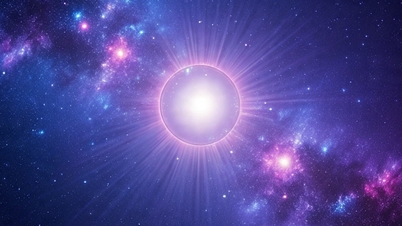


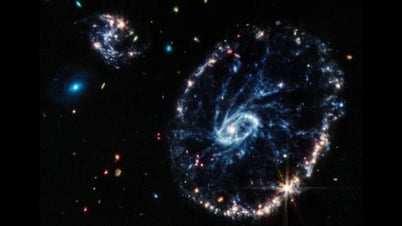

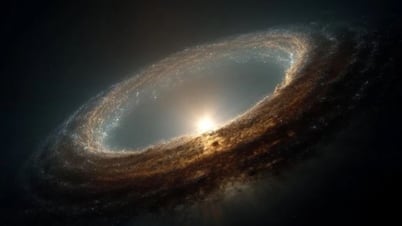


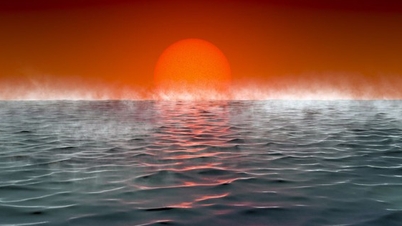

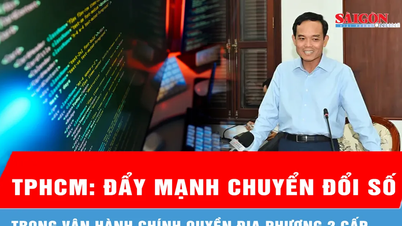

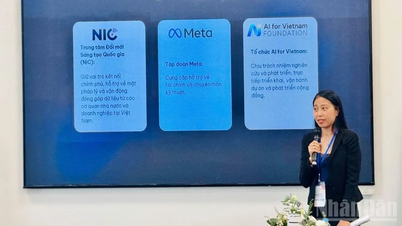


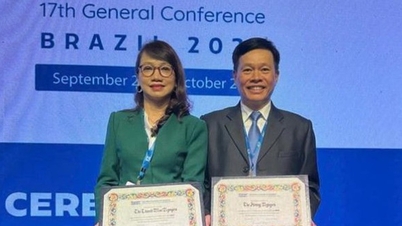
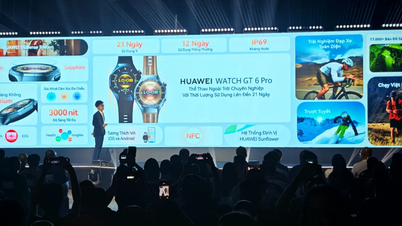













































































Comment (0)